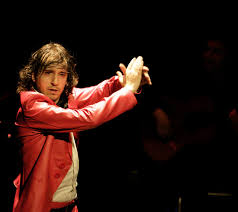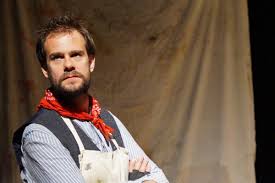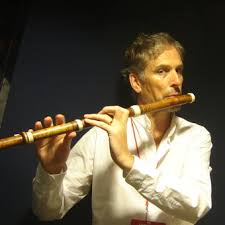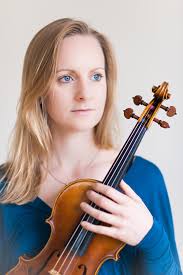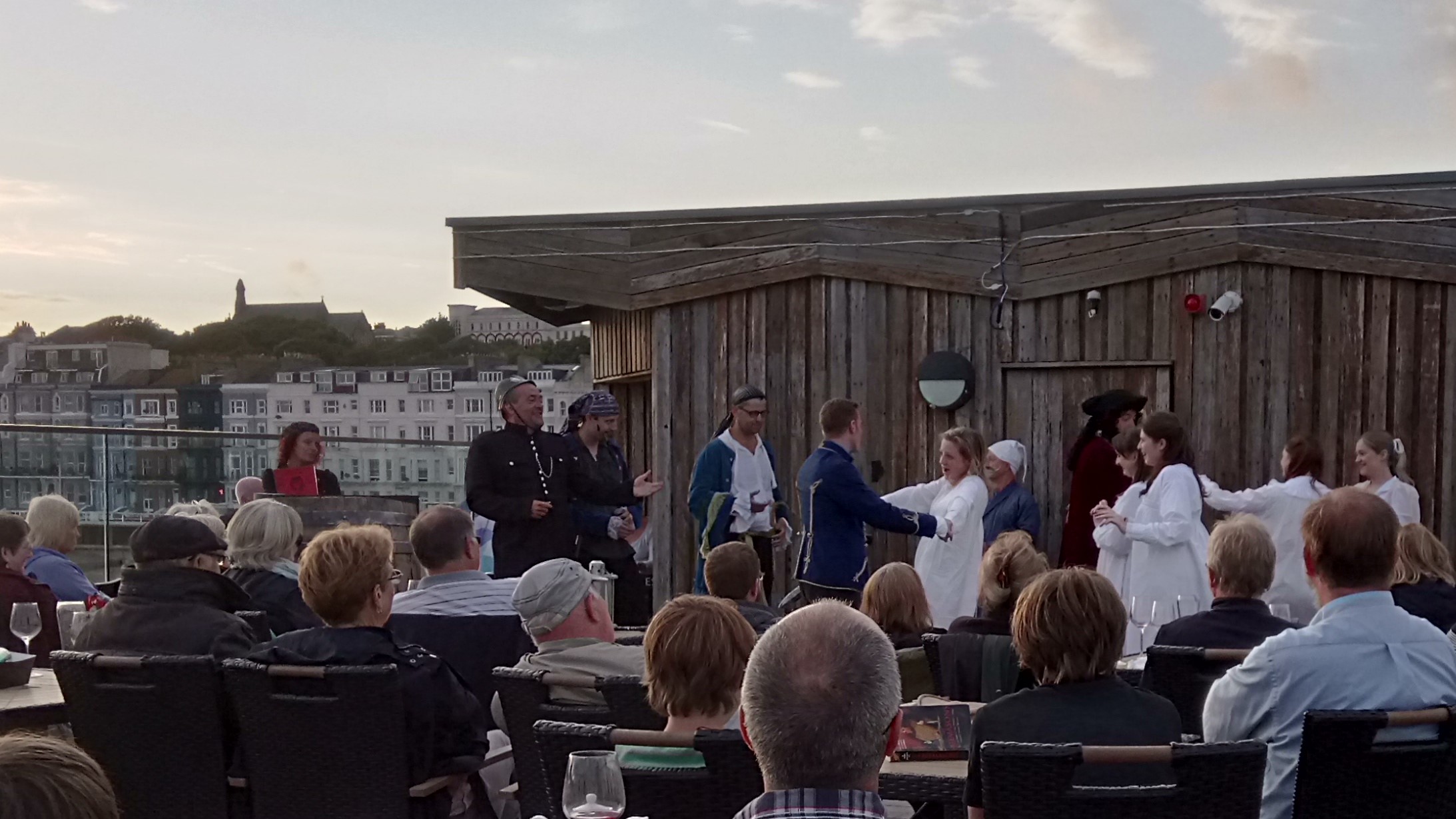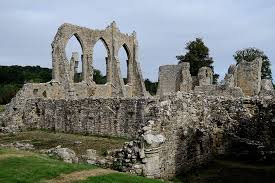Kino-Teatr, St Leonards, Sunday 28 August 2017
The only word which comes to mind in trying to sum up Jesus Olmedo’s flamenco show is immersive. We were tipped in at the deep end, without explanation, introduction or any sense of where the journey was going. It was at once thrilling and wonderfully challenging.
Unless we happened to be highly informed on flamenco style and content – which one has to admit was unlikely on a bank holiday weekend in Hastings – we simply had to go along with what we were experiencing, but it was well worth the effort.
To describe briefly our journey. A solo guitar plays quietly, becoming more complex in rhythm and emotional impact as it progresses. A man – Jesus Olmego – dances solo accompanied only by his own castanets until he eventually draws in the guitar and bass. The woman sings a melody which seems to lie somewhere between a composed song and a free improvisation. The clapping builds between the dancers becoming ever more complex.
Jesus Olmego sings and gradually draws the woman to dance until suddenly she takes over and is leading the group and driving the pace forward, her footwork a riot of cross rhythms and accents.
The second half opens with the dancers together, with the woman leading on the castanets.
She sings after this – the refrain a lo querido being the only words to impinge – before a longer guitar improvisation which includes a veritable game as rhythms are passed around and mirrored.
At the end of the evening Jesus Olmego danced a linked series of shorter pieces, each appearing to have a different emotional context, while the complexity of the dance steps became almost hedonistically absorbing.
Had we learned anything about flamenco? Possibly not. Had we experienced flamenco? Certainly, and it was for us to reflect on that experience. Was it worth it? Absolutely.
The encore was unexpected. The guitarist, who had played so well throughout the evening, suddenly sang and danced himself. It was a different more guttural approach but entirely in keeping with an evening which reminded us of the origins of flamenco even as it brought us one of the finest modern interpreters.

